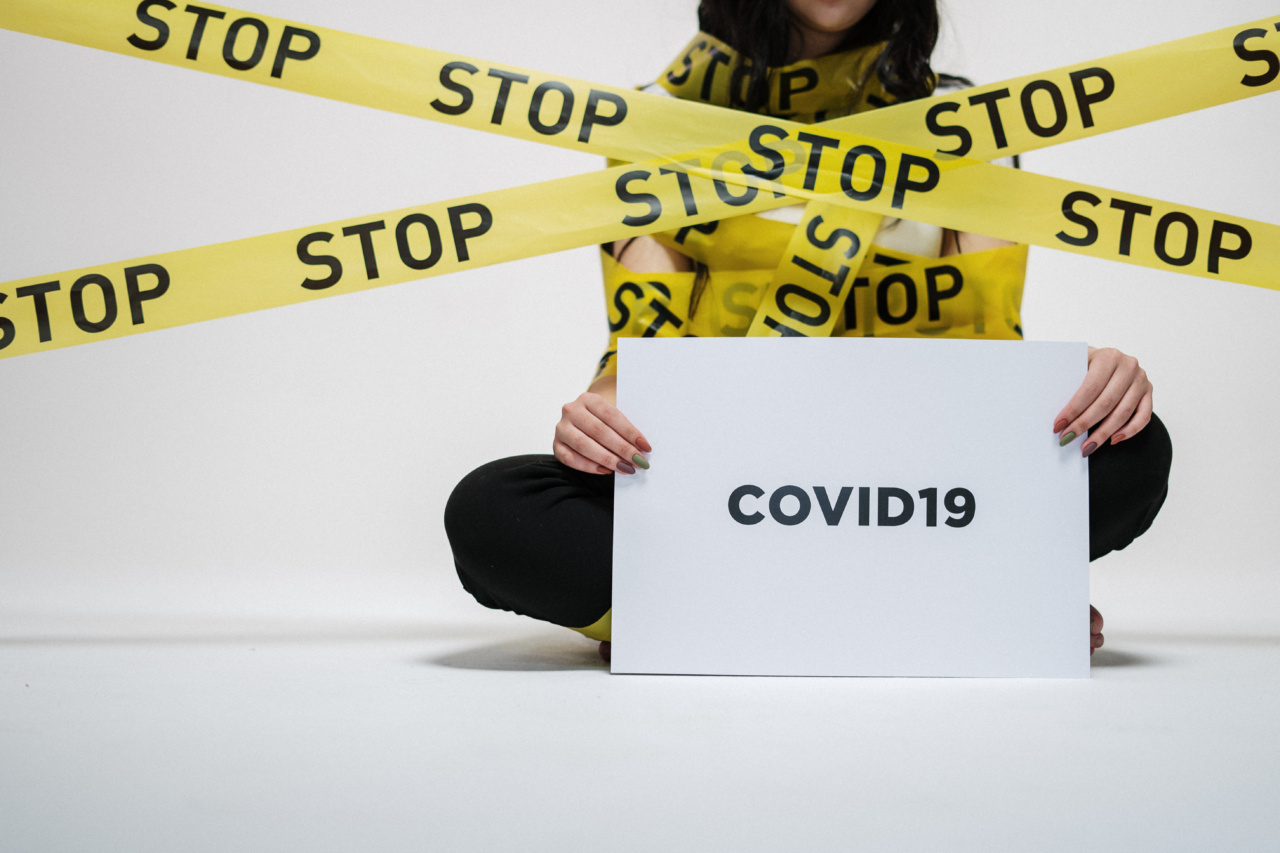Benign lesions are growths or tumors that develop on or within the body that are not malignant or cancerous. While they are often harmless, they can be unsightly or uncomfortable, and may even require medical treatment.
While it is not always possible to prevent these lesions, there are some steps you can take to stop benign lesions in their tracks.
Understanding Benign Lesions
Benign lesions come in many forms, and can develop on any part of the body. They are often caused by genetic factors or environmental factors, such as exposure to the sun or pollutants in the air. Some common types of benign lesions include:.
- Skin tags
- Moles
- Lipomas
- Seborrheic keratoses
- Fibromas
- Adenomas
Preventing Benign Lesions
While it is not always possible to prevent benign lesions, there are some steps you can take to reduce your risk:.
- Wear sunscreen: Sun exposure is a common cause of benign lesions, particularly on the skin. Protect your skin by using sunscreen with an SPF of at least 30.
- Maintain a healthy diet: A healthy diet can help reduce your risk of developing benign lesions. Eat plenty of fruits and vegetables, and avoid processed foods and sugary drinks.
- Avoid smoking: Smoking is a major risk factor for many types of cancer, and may also increase your risk of developing benign lesions.
- Stay hydrated: Drinking plenty of water can help keep your skin healthy and reduce your risk of developing benign lesions.
- Protect your skin: Wear protective clothing, such as long sleeves and hats, when spending time in the sun or in polluted environments.
Treating Benign Lesions
If you do develop a benign lesion, there are several treatment options available:.
- Removal: Depending on the size and location of the lesion, it may be possible to remove it surgically. This is often a quick and easy procedure that can be performed in a doctor’s office.
- Cryotherapy: This involves freezing the lesion with liquid nitrogen, which causes it to die and eventually fall off.
- Laser therapy: This involves using a laser to destroy the lesion.
- Topical medications: Some benign lesions can be treated with topical medications, such as retinoids.
When to See a Doctor
If you notice a new or unusual lesion on your body, it is important to have it evaluated by a doctor. While most benign lesions are harmless, it is important to rule out the possibility of cancer.
Your doctor can perform a biopsy to determine whether the lesion is benign or malignant.
Conclusion
While it is not always possible to prevent benign lesions, there are some steps you can take to reduce your risk. Protect your skin from the sun, maintain a healthy diet, and avoid smoking to help prevent these growths from developing.
If you notice a new or unusual lesion on your body, be sure to have it evaluated by a doctor.





























